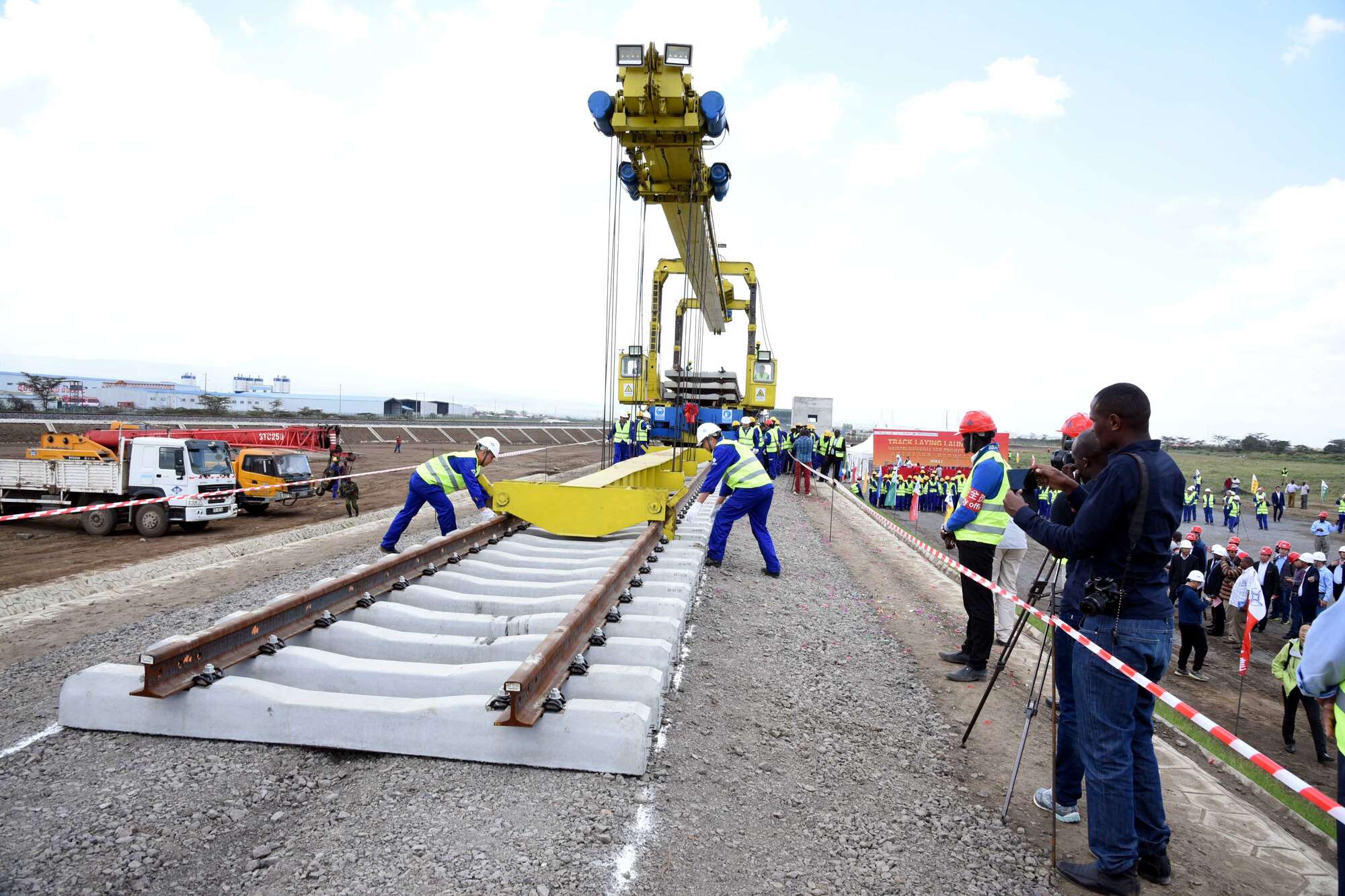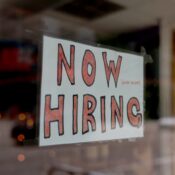
China has resumed sponsoring the SGR that connects Kenya and Uganda
China’s Exim Bank has promised to provide finance for Kenya’s standard gauge railway line from Naivasha to the Ugandan border.
As Nairobi and Kampala continue to court new financiers for the cross-border project, Kipchumba Murkomen, Kenya’s Cabinet Secretary of Roads and Transport, stated that the African Development Bank, a pan-African lender, and Kenya’s own Railway Development Fund will supplement the Chinese.
Mr. Murkomen talked with The EastAfrican on Thursday while President William Ruto hosted President Yoweri Museveni of Uganda at State House in Nairobi. The two leaders lent their support to the collaborative initiative, which is intended to reach all the way to the Democratic Republic of the Congo.
With linkages to South Sudan, Rwanda, Uganda, and the Democratic Republic of the Congo, the line will offer the necessary regional competitive advantage to increase regional connectivity.
As Tanzania moves forward with its electrified line traveling in the same direction on the Central Corridor, pressure is mounting on Kenya and Uganda to extend it to the Great Lakes region, particularly the resource-rich Democratic Republic of the Congo.
The $7.6 billion project in Tanzania stretches 1,600 kilometers along the coastlines of Lake Victoria and Lake Tanganyika, from Dar es Salaam to Mwanza. China and Turkey-based contractors are building it in five stages. The phases are built at different stages.
The 300 km Dar-Morogoro length has a completion rate of 98%, while the 442 km Morogoro to Makutopora line has a completion rate of 96%.
The completion percentages for Makutopora-Tabora are 14%, Tabora-Isaka is 5%, and the Mwanza to Isaka is 54%. It is anticipated that the full project will be finished by 2025.
The first batch of electric locomotives intended for use on the SGR arrived in Dodoma in April, and according to government officials, operations are scheduled to start in July. The locomotives, which were purchased from Hyundai Rotem in South Korea, have an average speed of 160 km/h and can accommodate up to 589 passengers.
A week after Rwanda, Burundi, the Democratic Republic of the Congo, and South Sudan joined the SGR Cluster Joint Ministerial Committee and pledged to include development partners in securing money for the railway, Beijing announced that it would restart the project.
“Through the Exim Bank of China and syndicated loans from Commercial Banks, the proposed project will be financed under a government-to-government arrangement between the Republic of Kenya and the People’s Republic of China,” Mr. Murkomen stated.
“The Railway Development Levy Fund will be used by the Kenyan government to finance the project.”
In a joint statement released on Thursday and read by President Ruto, Kenya and Uganda emphasized the significance of expanding the SGR as a sustainable and effective infrastructure route for the movement of commodities, not just from Naivasha to Malaba but also to Kampala and the Democratic Republic of the Congo.
In order to construct this regional shared infrastructure, Dr. Ruto stated, “We have obliged our respective Ministers to take joint urgent measures to mobilize resources and report on progress by the end of 2024.”
September is when Uganda is anticipated to begin building on the Malaba-Kampala section.
According to President Museveni, the development made pleased him.
“The only thing I can do is try to explain why this is happening now rather than a long time ago from a historical standpoint. According to Mr. Museveni, Uganda is a part of Kenya, Tanzania, and the DRC.
Every partner is aiming to secure approximately $6 billion from various lenders to revive the project, which came to a standstill following China’s withdrawal as the primary backer.
The two partners’ hunt for commercial lenders has gained new momentum with Beijing’s announcement of his homecoming.
After all of the EAC’s ministers of transportation committed to the project, Minister Murkomen stated that financial talks were still ongoing.
He stated that this month, a cooperative agreement on the construction of a cross-border line was signed by the Democratic Republic of the Congo, Kenya, Rwanda, South Sudan, and Uganda.
In keeping with the EAC Treaty on transport infrastructure development for seamless cross-border transit of goods and people, Kenya is dedicated to developing cross-border transportation infrastructure, the minister continued.
The development of industrial parks and hubs for commerce and logistics will be integrated with the SGR line in its entirety to facilitate a range of socio-economic activities along the SGR corridor.
Kenya finished building the 120 km Phase 2A line from Nairobi to Naivasha and the 472 km Phase 1 SGR from Mombasa to Nairobi. Both lines are now operational and can transport both passengers and freight.
In order to connect to Uganda at the Malaba border, two portions totaling 262.3 km from Naivasha to Kisumu (Phase 2B) and 102 km from Kisumu to Malaba (Phase 2C) are still pending.
Following the Northern Corridor Integration Projects (NCIP) partner states meeting in Mombasa, Kenya, Uganda, Rwanda, and the Democratic Republic of the Congo (DRC) decided to work together to mobilize funding to expedite the SGR project, according to Murkomen, the proposed SGR project is a vital facilitator in boosting economic growth.
Kenya confirmed its commitment to accelerating the completion of the remaining SGR sections from Naivasha in Kenya to Uganda, Rwanda, South Sudan, and the Democratic Republic of the Congo during the Joint Ministerial Committee on SGR’s third meeting in May, which was attended by transport ministers from the EAC.
It is expected that the remaining portion of the Naivasha-Kisumu-Malaba line will cost about $5.3 billion.
“SGR’s wish has come true. The project we have from Naivasha to Malaba, including the enhancements around Kisumu Port, will cost the country approximately $5.3 billion, the minister stated. “As Kenya, we will leverage the private sector now.”
“In order to move forward with the project, we are in talks with the private sector to see if we can set up a structure that would allow them to take on the majority of the burden at very reasonable and concessional terms.”
Kenya intends to restart work on the Kisumu-Malaba and Naivasha-Kisumu-Malaba sections in September and July, respectively.
In the name of Works and Transport Minister Katumba Wamala, the chairperson of the Joint Ministerial Committee on SGR, Fred Byamukama, Uganda’s State Minister for Transport, stated that they had decided to seek money collaboratively since “this railway line doesn’t stop in one country.”
Work will go without a hitch as soon as we pool our resources and employ the same contractors,” he stated.
All Categories
Recent Posts
Tags
+13162306000
zoneyetu@yahoo.com



